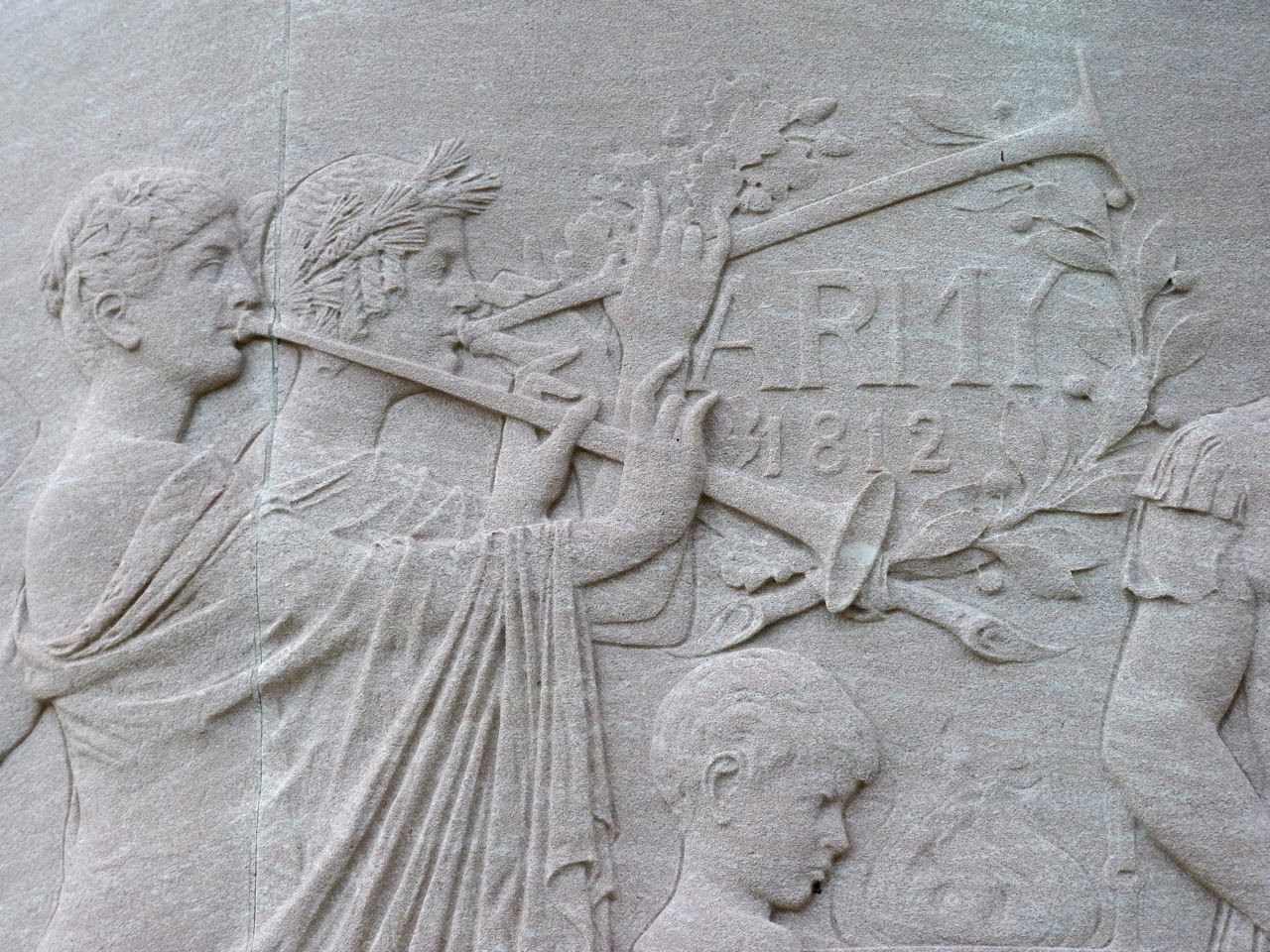 |
| The Gates, Christo and Jeanne-Claude. Central Park, New York. 2005 |
During
the cold and bleak wintry month of February 2005, Christo and his wife
Jeanne-Claude installed thousands of saffron-color fabric panels suspended from
vertical posts throughout Central Park in New York. After more than twenty
years of planning, the art installation was approved for a temporary period of
sixteen days. In a press release for the
project, Christo described The Gates “like
a golden river appearing and disappearing through the bare branches of the trees."1 The footpaths are a permanent feature of the park, but the saffron-posts and
billowing fabric accentuated those pathways.
To avoid any permanent environmental impact, Christo’s vertical posts
were secured to heavily weighted bases, and not sunk into the earth. All that remains of the installation project
today, is the lasting impression of the art experience (plus drawings,
photographs and videos).
Christo
has never been known to dictate the meaning of his artistic endeavors, but he
does consistently use fabric on a grand scale.
His persistent use of fabric may have initially been inspired during his
adolescence in Bulgaria where he made sketches in his father’s textile factory.2 He explained in an interview about The Gates, “Fabric is like a second
skin, it is very related to human existence.
The fabric will move with wind, the water, with the natural
elements…like breathing.”3
Christo
Javacheff’s mid-twentieth century artistic education began at the Sofia Academy
in Prague and the Vienna Fine Art Academy, but his avant-garde career was launched with his arrival in Paris where he
met Jeanne-Claude.4 Since
1961, Christo and Jeanne-Claude have collaborated on many large-scale art
projects that include fabric wrapped buildings, bridges and islands. All of these projects were temporary. In the past, Christo explained that his
“pigments are like all the people and things I need to put together in some
fabulous chemistry for the project to come off.”5 The ephemeral quality of his installations has challenged the definition of
art. The element of time is also a crucial factor. Christo has also stated “that my artworks
exists physically for only a brief span (which) makes for tremendous
exclusivity because in seeing them people share in a complete uniqueness…..They
(the art) will never exist again, just like our childhood…..It is intended to remind people that we are only
once in the world and shall never return again.”6 The lasting impressions of The Gates remain as a mirage in one’s
memory, along with the fond memories of family, friends and colleagues.
Endnotes
1 Christo
and Jeanne Claude. The Gates. 2005.
http://www.christojeanneclaude.net/projects/the-gates (accessed November 13, 2013).
3 Jonathan Fineberg, On the Way to the Gates – Central Park, New York City, (New Haven: Yale University Press, 2004), 53.
4 Ibid., 197.
5 Eric Shanes, “Christo and the Boundaries of Sculpture,” Apollo: Vol. CXXX no. 330 (August 1989): 110.
6 Ibid., 111.





